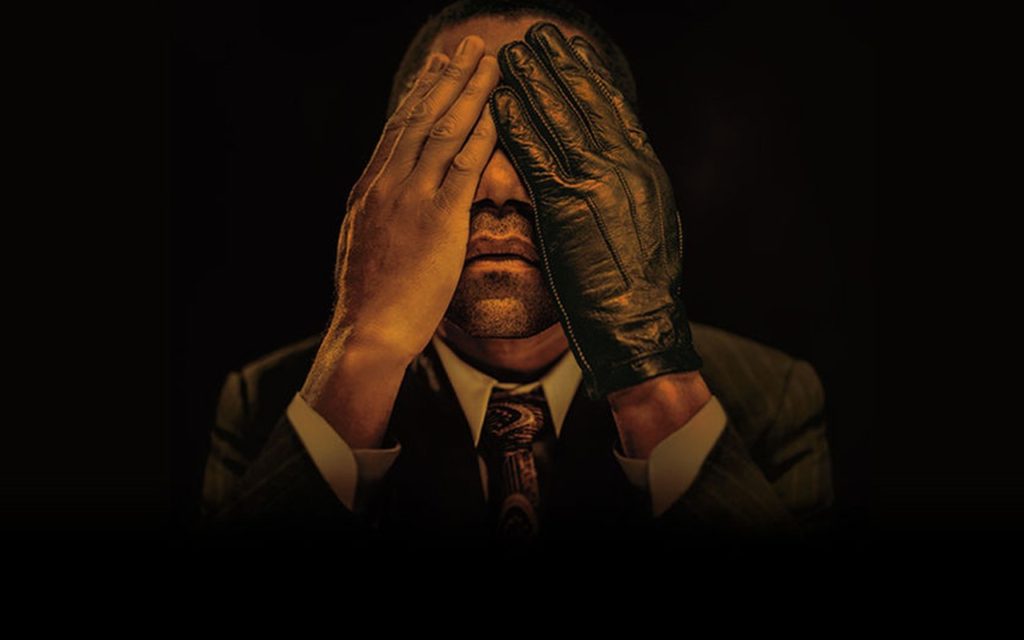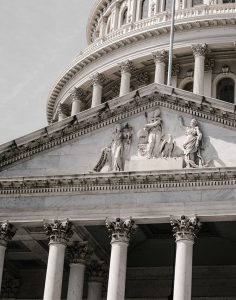
On February 2, 2016, FX released The People v. O.J. Simpson: American Crime Story. The show was praised on all accounts and was nominated for 14 Emmy awards, winning nine. It also won two Golden Globes. Released at the start of 2017 on Netflix, the show has been able to continue growing in popularity and impact.
The show documents the events of the infamous 1995 court case of the same name from the sides of both the prosecution and the defense. Released at the start of Barack Obama’s last year as president, and again at the start of Donald Trump’s presidency, the series addresses major cultural issues that have continued into our day. The most notable cultural parallel is the current Black Lives Matter movement raising awareness about violent incidents of police officers against African Americans. It seems as though this could have been just as prevalent during the time of the trial as it is now.
This trial raised questions about many aspects of the legal process. How should previous cases and incidents influence the case in question? How should jury members be chosen? How should evidence be collected? What is the proper relationship between journalism and entertainment? How does domestic abuse relate to murder? And, finally, how much does race still divide America and what can be done about it.
Race
March 4, 1991. Rodney King, an African American taxi driver, was brutally beaten by four LAPD police officers after a high-speed car chase. The beating was recorded by a witness and aired globally, raising concerns about the treatment of minorities by police officers. Riots against the police followed, exemplifying a terminated trust of law enforcement by much of the minority (especially African American) community in Los Angeles.
Fast forward to 1995. Famous African American O.J. Simpson was on trial, prosecuted by “The People†with members of the LAPD as key witnesses. The nation watched, as transfixed as they were divided. African Americans watched as one of their own was being attacked and presumably framed by the now notorious LAPD. Caucasians watched as a supposedly obvious murderer manipulated a system to his advantage.
This trial for murder was strategically transformed from a simple test of whether a man was innocent or guilty to a justice system made to feel that they were declaring whether or not they were racist.
Jury Selection
The selection of a jury is one of the most important steps of a trial. Attorneys do their best to ensure that members of the jury have minimal bias. Race is often an indirect precluding factor in deciding whether or not a person will be selected. Statistically speaking, more African Americans are in jail. Therefore, more African American know people who are in jail. When attorneys ask if one knows someone who is in jail as a way of weeding out bias, African Americans are therefore more likely to be excused. O.J. Simpson’s case was a rare instance in which the jury was predominantly African American. In fact, 9 out of the 12 selected were black. Many attribute O.J. Simpson’s being found as innocent, at least in part, to this racial ratio. The struggle to find the perfect jury continues today.
Handling of Evidence
The LAPD was under fire on many fronts as a result of this case. One “learning moment†this provided was what to do at a crime scene, and, perhaps more importantly, what not to do. Questionable handling of evidence resulted in the inability of the department to use the evidence collected. Since the case, LAPD has greatly expanded and updated its crime lab, improving its capacity to process evidence. Improvements have also been made to the documentation, sanitation, and organization of evidence collected for efficiency and professionalism. Though rife with embarrassing mistakes, this case proved a meaningful turning point in LAPD’s forensics department.
[H2] The Line Between Entertainment and Journalism
Another occurrence that proved challenging and new during the O.J. Simpson trial was that this was one of the first cases that allowed cameras in the newsroom. The line between entertainment and journalism seems to have been blurred ever since. Tabloids and gossip columns now have prime real estate in our minds and among our news media segments. This also tainted power and image of celebrity. Many people had become convinced that because one was famous, one was undoubtedly good. This trial provided doubt creating a hunger for “gotcha†journalism. When considering the fact that this case has now been turned into a television series, it becomes clear that the line is still blurred.
Domestic Violence
Prior to the death of Nicole Brown, she was often the victim of physical abuse and domestic violence at the hands of O.J. Simpson. Prosecutor Marcia Clark made a unique assertion for the time: women who have been victims of spousal abuse are likely to be killed by their significant other. Though there were facts and data to support this, culture proved a difficult obstacle to overcome. In the early-to-mid 90s, domestic violence was viewed as a personal problem to be dealt with domestically, not a crime for the court of law. Thankfully, we have learned from this mistake as well. Since then, the Violence Against Women Act has been signed into law, raising awareness, defending victims more effectively, and enacting harsher punishments upon perpetrators. This helps prevent occurrences and support victims like never before.
Overall, the fascination with The People v. O.J. Simpson can be seen as a reflection on how far we’ve come since the trial, and how far we have yet to go. Racial tensions are still an issue we are facing in the country over 20 years after the case, affecting whom we prosecute and how we select juries. The line between journalism and entertainment also remains blurred. However, we have made great steps forward in the collection of evidence and forensics, as well as better understanding the severity of domestic violence. As a society, we must be grateful for the progress we’ve made but never stop in our efforts to continue pushing forward.





